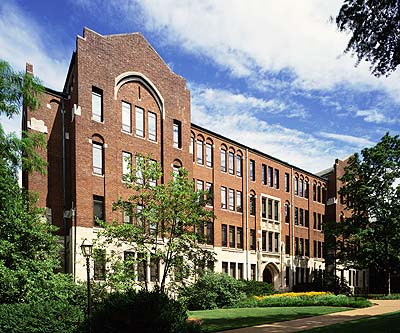
On Wednesday April 3rd, the Vanderbilt Student Government Undergraduate Senate unanimously passed a resolution calling for Calhoun Hall and other campus buildings to be renamed. The resolution also advocates for the creation of a university task force to evaluate all building names and symbols for their congruence with the university’s commitment to diversity and inclusion. Student Body President Tariq Issa and East/Memorial House Senator Hannah Bruns proposed the resolution.
Calhoun Hall, which houses the Economics, Managerial Studies, and History departments and the Center for Medicine, Health, and Society, is named after William Henry Calhoun, Nashville silversmith and jeweler who supported the Confederate States of America and owned slaves. Calhoun died in 1865, and his daughter Mary Ella Calhoun Foote left her estate to Vanderbilt University for the construction of Calhoun Hall in 1918. The building was completed in 1928.
Bruns learned about the problematic names of university buildings at Hidden Dores’ #TUNNEL event, an interactive experience designed to teach Vanderbilt students about the experiences of marginalized student communities held on Feb. 9. Determined to address the issue, Bruns asked Speaker of the Senate Sean Swinford about writing a bill who told Bruns that Issa had had the same idea, according to Bruns.
Bruns and Issa began writing a resolution calling for the name changes in mid-March. Bruns said that she realized that renaming these buildings could be a long process.
“This bill was meant to start that process,” Bruns said. “2023 is Vanderbilt’s 150th anniversary, and my goal is that that year we unveil the renaming of all these buildings that currently have problematic names.”
Student action has led to the renaming of buildings in the past. As a first-year at Vanderbilt in 2015, Hidden Dores Co-President Andrew Haygood lived in Memorial Hall, then named Confederate Memorial Hall. On Nov. 17 of that year, Hidden Dores led a walkout on and delivered a list of demands to the chancellor, one of which was renaming Confederate Memorial Hall. The hall was renamed in Aug. 2016.
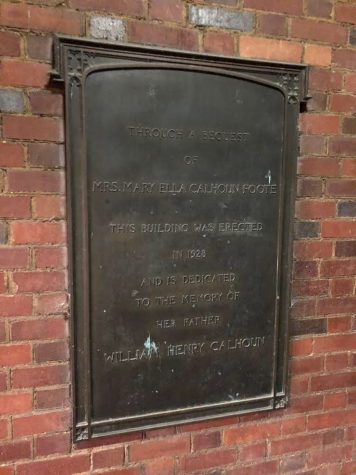
“Doing that freshman year showed me that these are pretty attainable goals, and the timeline can be pretty quick,” Haygood said. “Renaming Calhoun as a specific item is very attainable.”
To rename Confederate Memorial Hall, the university returned the donation of the Tennessee Division of the United Daughters of the Confederacy at its present value of $1.2 million from the $50,000 original gift. The funding came from anonymous gifts by donors solely for the purpose of repaying the donation.
Hank Senator Rob Lusk, a co-sponsor of the resolution, said that the difficult part of renaming Calhoun Hall would be finding the funds to return the Calhoun family’s donation to the university.
“That’s the big question that VSG doesn’t know the answer to,” Lusk said. “Where do you get that money?”
Haygood said that Vanderbilt should find the money to rename Calhoun and other buildings with problematic names.
“This is not an issue that should be ignored just because of funding” Haygood said.
In addition to Calhoun Hall, Bruns said that McTyeire International House and Garland Hall should also be considered for renaming. McTyeire is named after Methodist Bishop Holland N. McTyeire, who was crucial in establishing the university and served as the first president of the Vanderbilt University Board of Trust. McTyeire was distantly related to Cornelius Vanderbilt, and expressed support of slavery in his essays.
Garland Hall is named after the university’s first chancellor, Landon C. Garland. Garland is said to have owned up to 60 slaves before the Civil War. There is also a Garland Hall at the University of Alabama, as Garland served as its president for a decade before founding Vanderbilt University with McTyeire and Vanderbilt.
The VSG resolution references Yale University’s 2017 decision to rename its Calhoun College, which was named after US Vice President and slavery advocate John C. Calhoun. This decision came after months of campus protests. William Henry Calhoun and John C. Calhoun were not related.
Bruns spoke about the prevalence of buildings with problematic names as a result of the south’s history and Vanderbilt’s role in the region.
“I think this is a really good way for Vanderbilt to be a leader, especially among southern universities,” Bruns said.


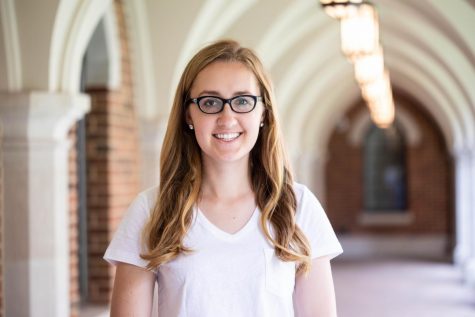
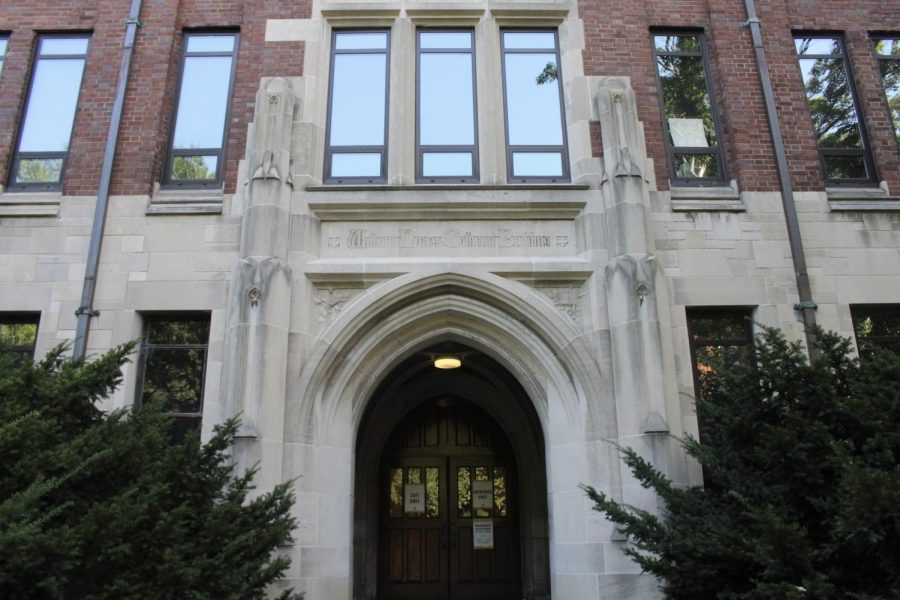
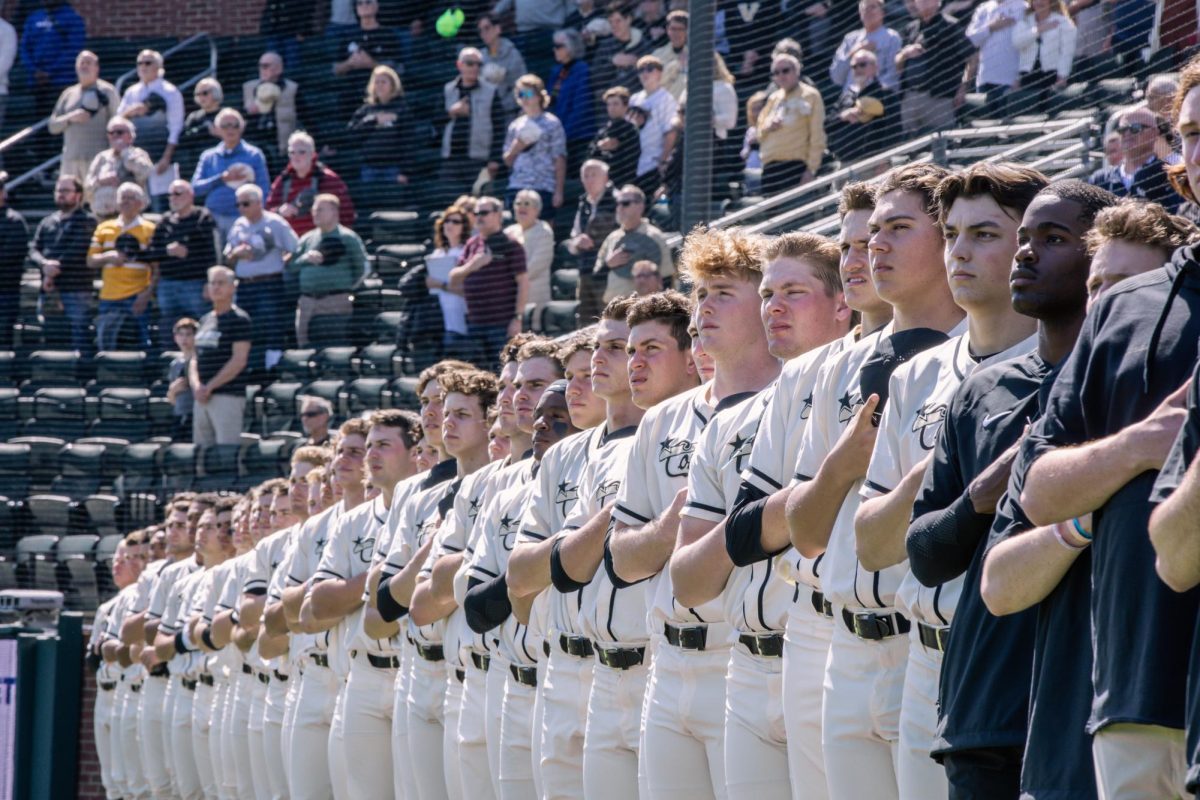
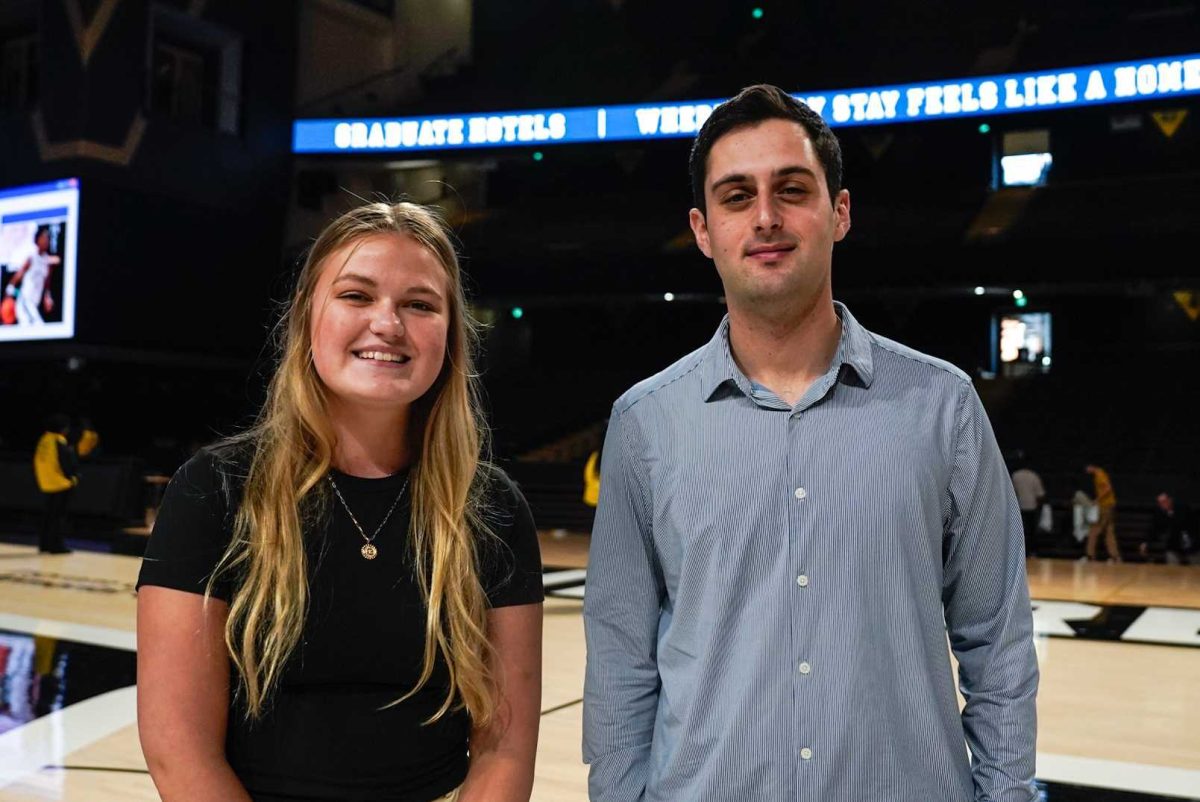

Jerry L Morris • Jul 20, 2020 at 2:36 pm CDT
While renaming Calhoun Hall is an admirable gesture, let’s also rename Vanderbilt University. Unlike Mr. Calhoun who likely owned a slave, Commodore Vanderbilt did not; however, he is universally know as a “Robber Barron.”
Wearing the name of a robber barron certainly implies egregious implications that any reasonable person would want to avoid. When the name change takes place, it would also be appropriate to return the $1,ooo,ooo.00 (at present value plus interest) which came from Commodore Robber Barron and was the basis for beginning Vanderbilt University in the 1880’s. The present value plus interest may even exceed the present endowment; however, to change to a non-offensive name would dictate that the ‘blood money’ should be returned to the Robber Barron’s heirs.
Perhaps one less offensive name that should be considered is Peabody University although, I admit that I don’t know anything about the person Peabody. Hopefully, they didn’t own slaves or steal from the poor. And, perhaps, Mr./Ms. Peabody would have lived such a righteous life that they would be inherently qualified “to cast the first stone”.
If not Peabody, what about a neutral name like University of The Common Person? Or University of The Elite. Or,even better, Ingram University.
Surely, with enough effort we can all agree on a non-offensive name that will offend no one. just like a new non-offensive name for Calhoun Hall.
Joseph Calhoun Hailey • Oct 21, 2019 at 11:59 am CDT
I am descended from George Reid Calhoun who was the brother of William Henry Calhoun. When you get the money together I can be found in Selmer, TN.
Brian Wilson • Apr 16, 2019 at 12:14 am CDT
Total BS!! First statues were removed bc it hurt someone’s feelings. Then Jackson taken off the $20 bill someone got their feelings hurt. Now renaming buildings bc someones feelings ate hurt. Hey my feelings are hurt bc thus great country is goibg to hell to damn fast. Hey let’s rename the White House…it has the word White in its name abd we know several if it’s residents owned slaves!!!!…..Whar a freaking joke we have become in the eyes of the world!!!
Rafael M Levin • Apr 16, 2019 at 12:03 am CDT
Hmmmm… Vanderbilt’s student government wants to give millions of dollars to the descendants of slave owners. Liberalism at its finest
Bubby Nagarajan • Apr 16, 2019 at 12:01 am CDT
This is pretty stupid. History is history. It may be dark history but it’s history. What unnerves me the most is the amount of money, effort and time going into something that is IN THE PAST. We could be use the money for helping out in the PRESENT! People in support of this resolution probably think that they’re doing this community a favor, promoting justice and equality but in reality doing the opposite. I’m quite ashamed at our student government for considering such a squander of money we could use to truly impact the world…..
Anna Qian • Apr 15, 2019 at 11:45 pm CDT
I disagree with Tariq Issa, Hannah Bruns, and Sean Swinford that this resolution is necessary or that it would solve our problem of promoting racism or exploitation. Quite simply, censorship is not the answer. Debate, discussion, and questioning the truth-value of past behavior or ideology is. Let’s have the name remain on campus so that we as Vanderbilt can work to collectively define and redefine the legacy and the influence of our founders. While it is wonderful that the senators point out Calhoun’s racism and exploitation of slaves, it’s disappointing that the senators fail to contextualize his legacy and influence. And acting in the heat of the moment to erase Calhoun’s name from a building and to rename the building will do more harm than good, stifling conversation and discussion. Erasing someone’s name and renaming a building denies future Vandy students the opportunity to grapple with the complex way in which slavery and exploitation has helped the nation become what it is today, and yet have hurt countless Americans in the process. Such a debate, discussion, or conversation is one that must be had. As we walk past Calhoun Hall, armed with knowledge of its history, let’s reflect on the question of racism and exploitation, and let’s appreciate how far we’ve gone. Let’s have the building remain named the way it is so that the name itself is a testament to a previous era whose legacy is affecting us today, and so that we in the present and we in the future can be reminded about this previous era, so as to prevent ourselves from repeating the same sort of blatant exploitation once more some removed and distant corner of the world.
Anon • Apr 15, 2019 at 4:22 pm CDT
This would be a huge waste of money that could have been spent on actual inclusion and diversity initiatives. A building bearing the name of a former slave owner is in no way equivalent to celebrating or supporting slavery, and removing the name doesn’t change history. Few if any people wealthy enough to pay for a Vanderbilt building did so without contributing to the exploitation or oppression of one group or another in some way. We all continue to profit off of historical and current inequalities, and renaming a building or two won’t change that fact.
Rafael M Levin • Apr 15, 2019 at 12:21 pm CDT
Guaranteed 80%+ percent of Vanderbilt students have no idea about the names of their buildings, and quite frankly don’t really care… Instead of wasting millions of dollars on an issue that doesn’t really have significant impacts, spend the money on charity or on something that actually impacts people.
Anon • Apr 15, 2019 at 11:04 am CDT
Dumb